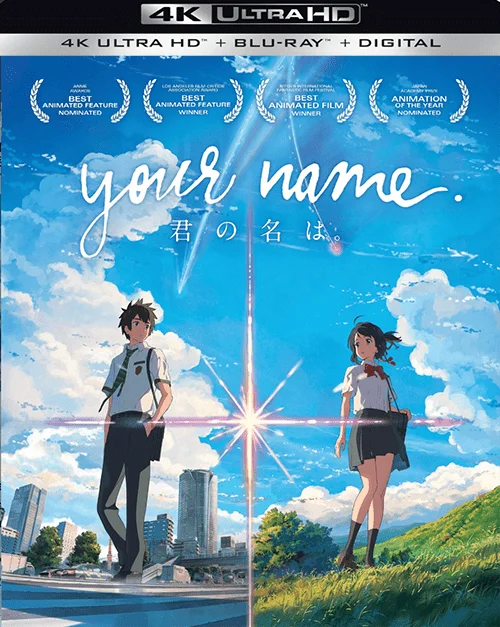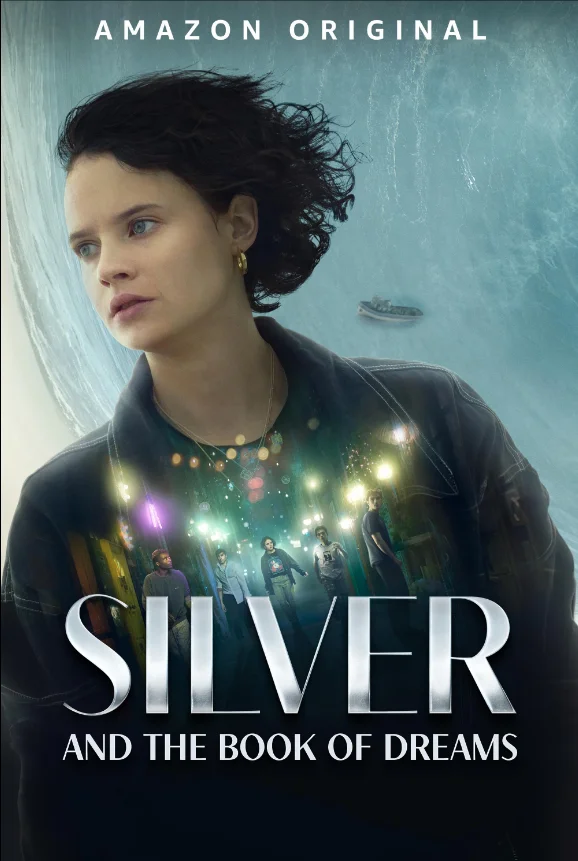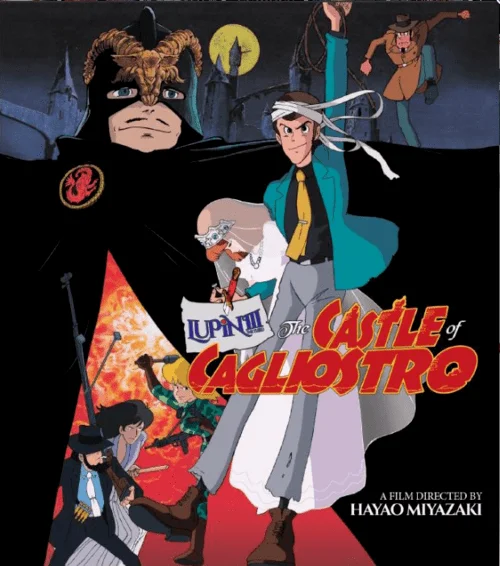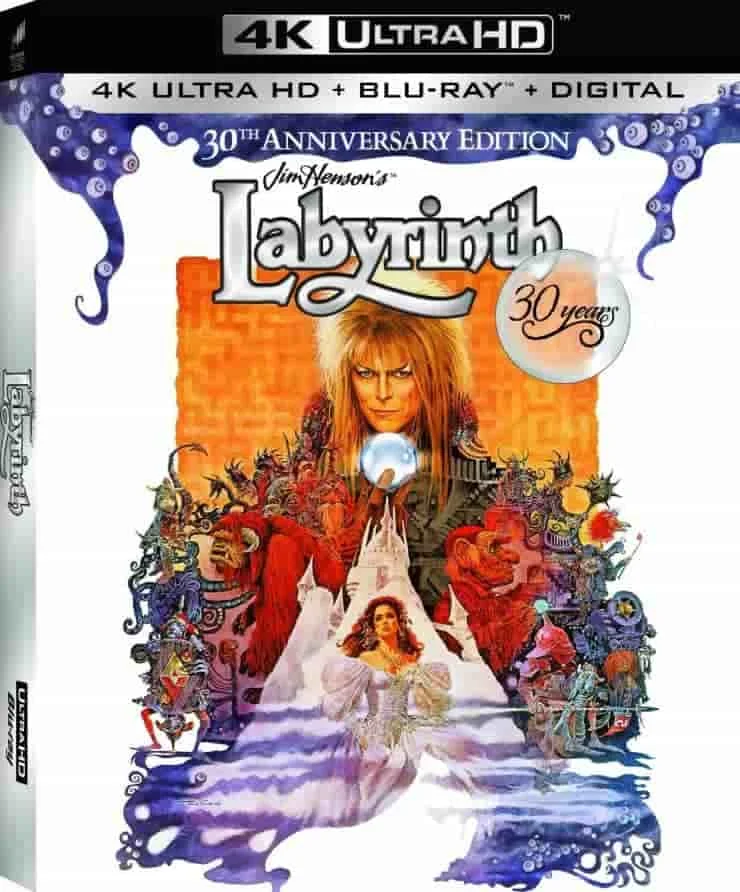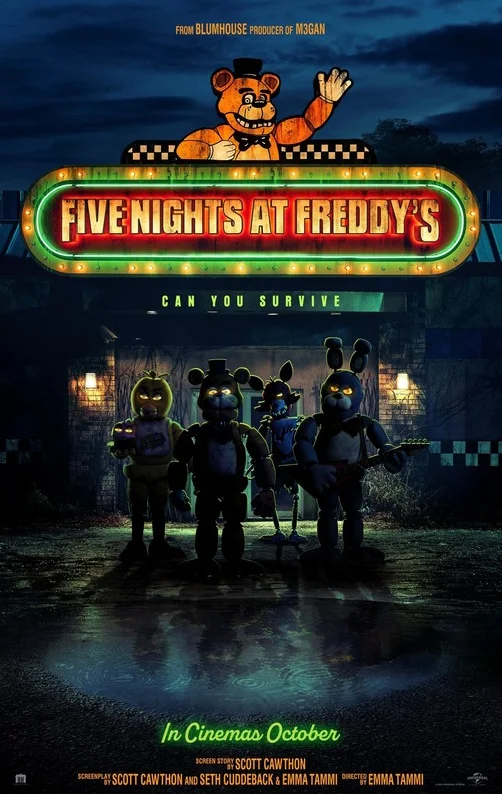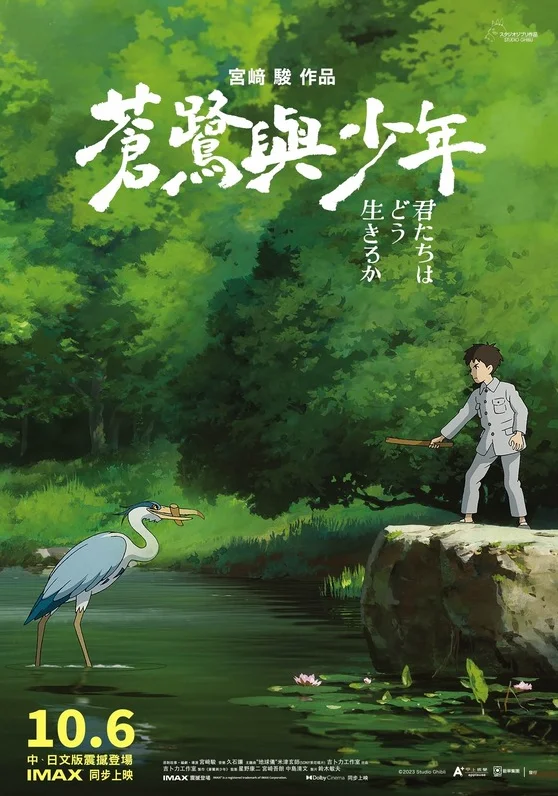
The Boy and the Heron 4K 2023 2160p WEB-DL
Cast: Soma Santoki, Masaki Suda, Kô Shibasaki, Aimyon, Yoshino Kimura, Takuya Kimura, Keiko Takeshita, Jun Fubuki, Sawako Agawa, Karen Takizawa, Shinobu Ôtake, Jun Kunimura, Kaoru Kobayashi, Shohei Hino, Nami Uehara, Kiyoko Nishimura, Ryunosuke Watanuki, Takuya Yagyu.
Teenager Mahito loses his mother in World War II. The boy emigrates with his father and stepmother to a new country, where he undergoes a difficult period of adaptation. He meets a magical heron who informs the boy that his mother is still alive. A magic tower becomes the portal for his search, transporting Mahito to a fantasy reality.
The Boy and the Heron 4K Review
In 2013, Hayao Miyazaki announced the end of his career. Ten years later, the full-length film "The Boy and the Bird" comes to the big screens - not only from Miyazaki, but also from the revived Studio Ghibli. In the picture there is nothing unusual and surprising for those who are familiar with the work of the Japanese director-animator, but does the genius need to invent something new?
In the fire of war, the boy Mahito loses his mother. His father introduces him to his new wife, Natsuke, who is about to give birth to a child. The house, buried in a wooded area on the outskirts of town, is supposed to be the head of a new life, but turns out to be a trap from which Mahito wants to escape. Just nearby is a mysterious tower, the origin of which everyone explains in different ways, but unanimously incanted: do not go there. Only a nameless gray heron smirks and teases Mahito, assuring him that his mother is alive and waiting in the tower.
Miyazaki once again tells the story of a child growing up too soon. Despite the magical realism and plethora of symbols, the tragedy is straightforward - all colorfulness recedes when the heron asks: "Pardon the awkward question, but have you seen your mother's dead body?" Miyazaki has always mixed fiction with reality, but this time the fantastical vistas around are just scenery on a long road of acceptance. Mahito must not only cope with his own loss, but also prevent another one: Natsuke is missing in the tower, and only a brave young man beyond his years can find her.
"The Boy and the Bird" builds on frustration. The colorful parallel universe that opens up to Mahito in the tower turns out to be a fake, or perhaps a world of the dead - one can only guess. According to the laws of fairy tale worlds, life on the other side should be better, which turns out to be another illusion: in the world of the tower there is also a war, the settlers are starving and the strongest survive. Mahito is probably one of Miyazaki's bravest characters: he is not afraid of the parrot guards, the magic stone or the army of pelicans. All he wants is to bring Natsuke home and at least try to move on with his life. As true heroes should, Mahito does not find his way at once: at first he tries to kill a heron with an arrow with its feather and copy his father's behavior of solving problems with different kinds of power, but he still comes to true courage - calm, determined and uncompromising. Probably, that is why the most characteristic line of the boy becomes: "I know it's not for the good".
What is remarkable is that Mahito never once pays attention to the local beauty: for him, the scenery is just a path to be traveled as soon as possible. Miyazaki sticks to realism, both technical and psychological: the animation echoes the blurriness of the handheld camera as the boy runs through the fire, while nightmares and guilt drag Mahito through each night. In an absurd world where parrots eat people and pelicans eat souls, the boy proves to be the most intelligent: we are left with many questions about his father, who is dubious with his money and grabs his saber at the first opportunity; Natsuke's act of leaving for the tower without warning is also inexplicable. Mahito becomes the only truly adult, despite his young age.
At the last stage of the thorny path the hero meets an old man who no longer has the strength to build an ideal world of cubes, balls and triangles - it's time to find an heir. But can Mahito, who realized too early the non-ideality of life, try to build a future without flaws?
Miyazaki once again states a frightening truth: you can't escape from yourself. Mahito leaves a scar on his temple when he smashes his head in with a rock, either to stay at home, which is too cruel, or in an attempt to escape reality. He climbs the tower, only to meet his mom, even though he knows she's dead and will never return.
Miyazaki makes it hurt, thickening the bitterness with each scene more and more. "The Boy and the Bird" proves once again that the Japanese master's animation is not really for children, and it's not about cannibal parrots. But it is through the stories of the storyteller can pass the path of acceptance for those who, like the heroes of Miyazaki, grew up too early. Mahito does let go - of guilt, of mom, and of blind courage. The war will end, a new life will be born, and the boy will remain a true hero.
The Boy and the Heron 4K Review
In 2013, Hayao Miyazaki announced the end of his career. Ten years later, the full-length film "The Boy and the Bird" comes to the big screens - not only from Miyazaki, but also from the revived Studio Ghibli. In the picture there is nothing unusual and surprising for those who are familiar with the work of the Japanese director-animator, but does the genius need to invent something new?
In the fire of war, the boy Mahito loses his mother. His father introduces him to his new wife, Natsuke, who is about to give birth to a child. The house, buried in a wooded area on the outskirts of town, is supposed to be the head of a new life, but turns out to be a trap from which Mahito wants to escape. Just nearby is a mysterious tower, the origin of which everyone explains in different ways, but unanimously incanted: do not go there. Only a nameless gray heron smirks and teases Mahito, assuring him that his mother is alive and waiting in the tower.
Miyazaki once again tells the story of a child growing up too soon. Despite the magical realism and plethora of symbols, the tragedy is straightforward - all colorfulness recedes when the heron asks: "Pardon the awkward question, but have you seen your mother's dead body?" Miyazaki has always mixed fiction with reality, but this time the fantastical vistas around are just scenery on a long road of acceptance. Mahito must not only cope with his own loss, but also prevent another one: Natsuke is missing in the tower, and only a brave young man beyond his years can find her.
"The Boy and the Bird" builds on frustration. The colorful parallel universe that opens up to Mahito in the tower turns out to be a fake, or perhaps a world of the dead - one can only guess. According to the laws of fairy tale worlds, life on the other side should be better, which turns out to be another illusion: in the world of the tower there is also a war, the settlers are starving and the strongest survive. Mahito is probably one of Miyazaki's bravest characters: he is not afraid of the parrot guards, the magic stone or the army of pelicans. All he wants is to bring Natsuke home and at least try to move on with his life. As true heroes should, Mahito does not find his way at once: at first he tries to kill a heron with an arrow with its feather and copy his father's behavior of solving problems with different kinds of power, but he still comes to true courage - calm, determined and uncompromising. Probably, that is why the most characteristic line of the boy becomes: "I know it's not for the good".
What is remarkable is that Mahito never once pays attention to the local beauty: for him, the scenery is just a path to be traveled as soon as possible. Miyazaki sticks to realism, both technical and psychological: the animation echoes the blurriness of the handheld camera as the boy runs through the fire, while nightmares and guilt drag Mahito through each night. In an absurd world where parrots eat people and pelicans eat souls, the boy proves to be the most intelligent: we are left with many questions about his father, who is dubious with his money and grabs his saber at the first opportunity; Natsuke's act of leaving for the tower without warning is also inexplicable. Mahito becomes the only truly adult, despite his young age.
At the last stage of the thorny path the hero meets an old man who no longer has the strength to build an ideal world of cubes, balls and triangles - it's time to find an heir. But can Mahito, who realized too early the non-ideality of life, try to build a future without flaws?
Miyazaki once again states a frightening truth: you can't escape from yourself. Mahito leaves a scar on his temple when he smashes his head in with a rock, either to stay at home, which is too cruel, or in an attempt to escape reality. He climbs the tower, only to meet his mom, even though he knows she's dead and will never return.
Miyazaki makes it hurt, thickening the bitterness with each scene more and more. "The Boy and the Bird" proves once again that the Japanese master's animation is not really for children, and it's not about cannibal parrots. But it is through the stories of the storyteller can pass the path of acceptance for those who, like the heroes of Miyazaki, grew up too early. Mahito does let go - of guilt, of mom, and of blind courage. The war will end, a new life will be born, and the boy will remain a true hero.
File size: 22.5 GB
Trailer The Boy and the Heron 4K 2023 2160p WEB-DL
Latest added movies
Comments on the movie
Add a comment
 like
like do not like
do not like
